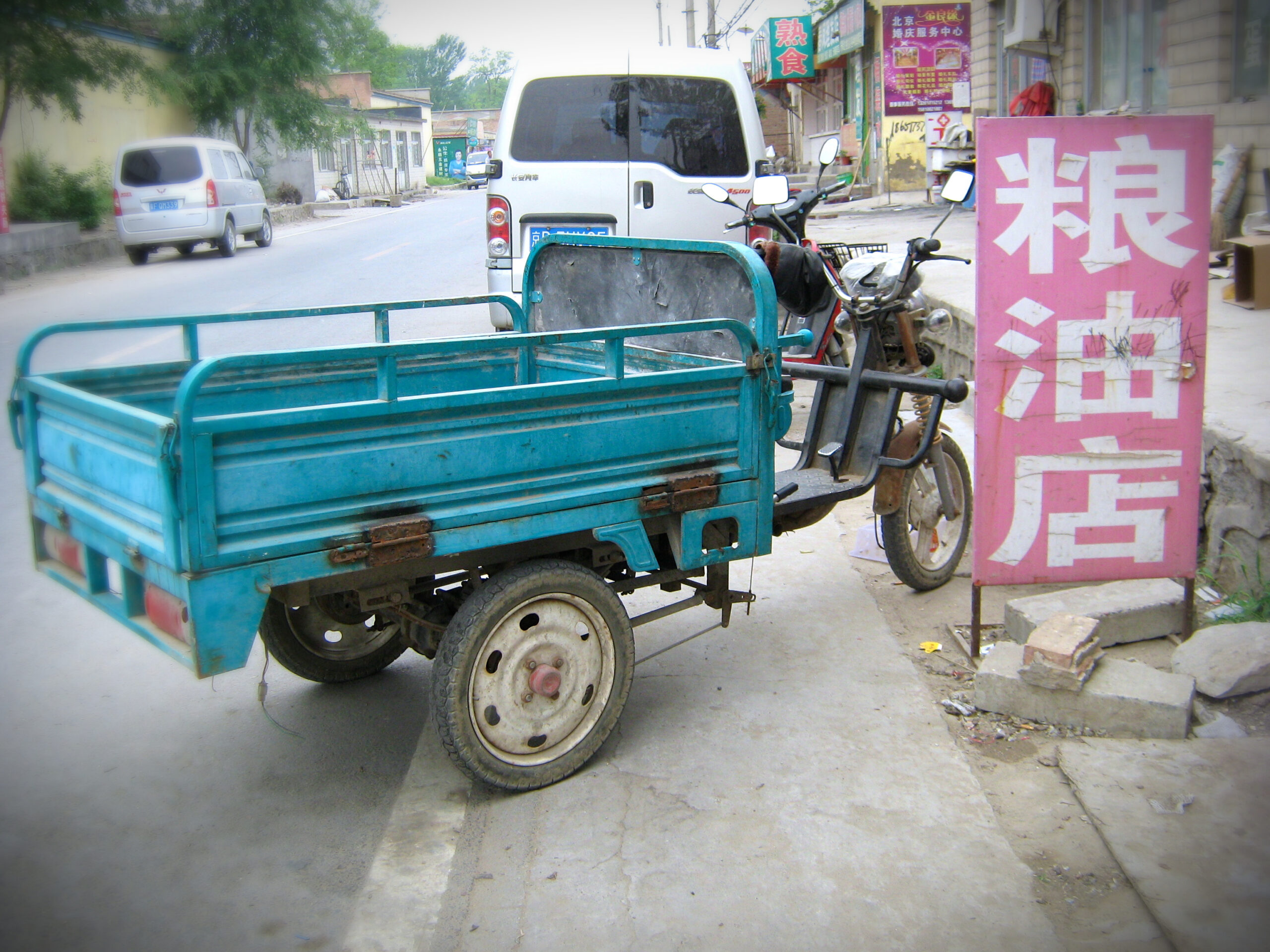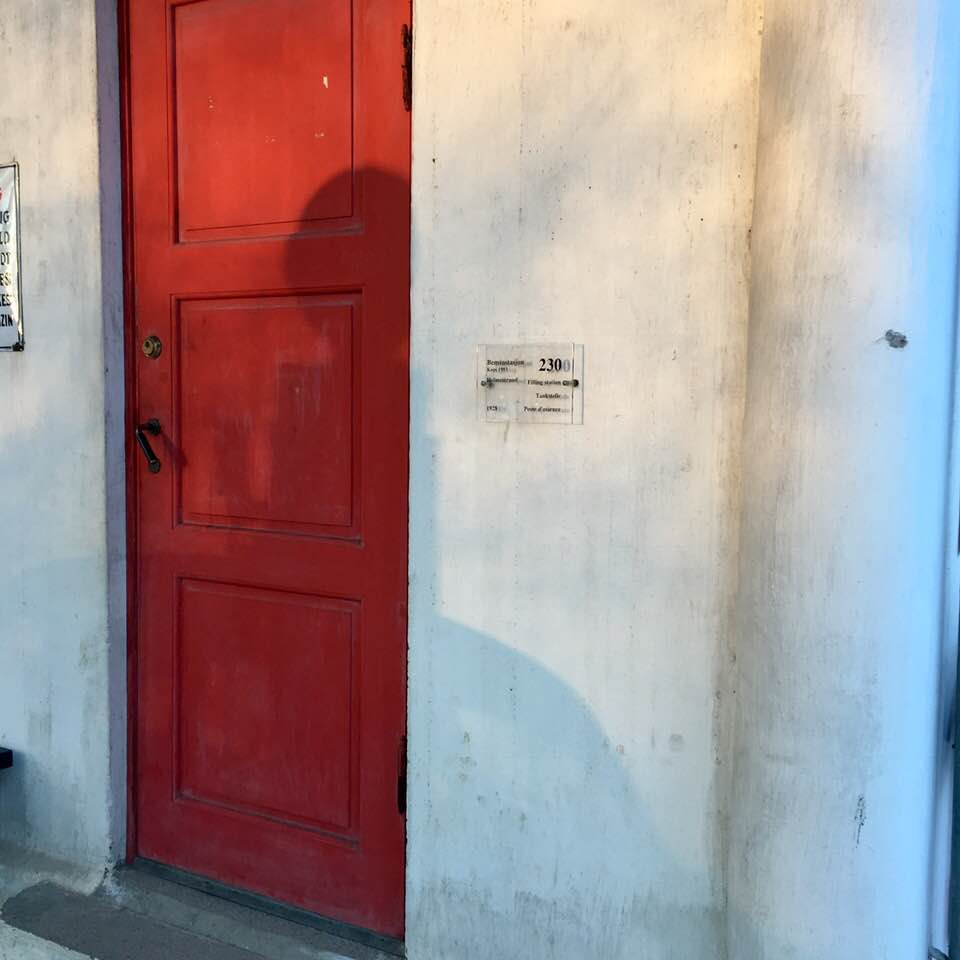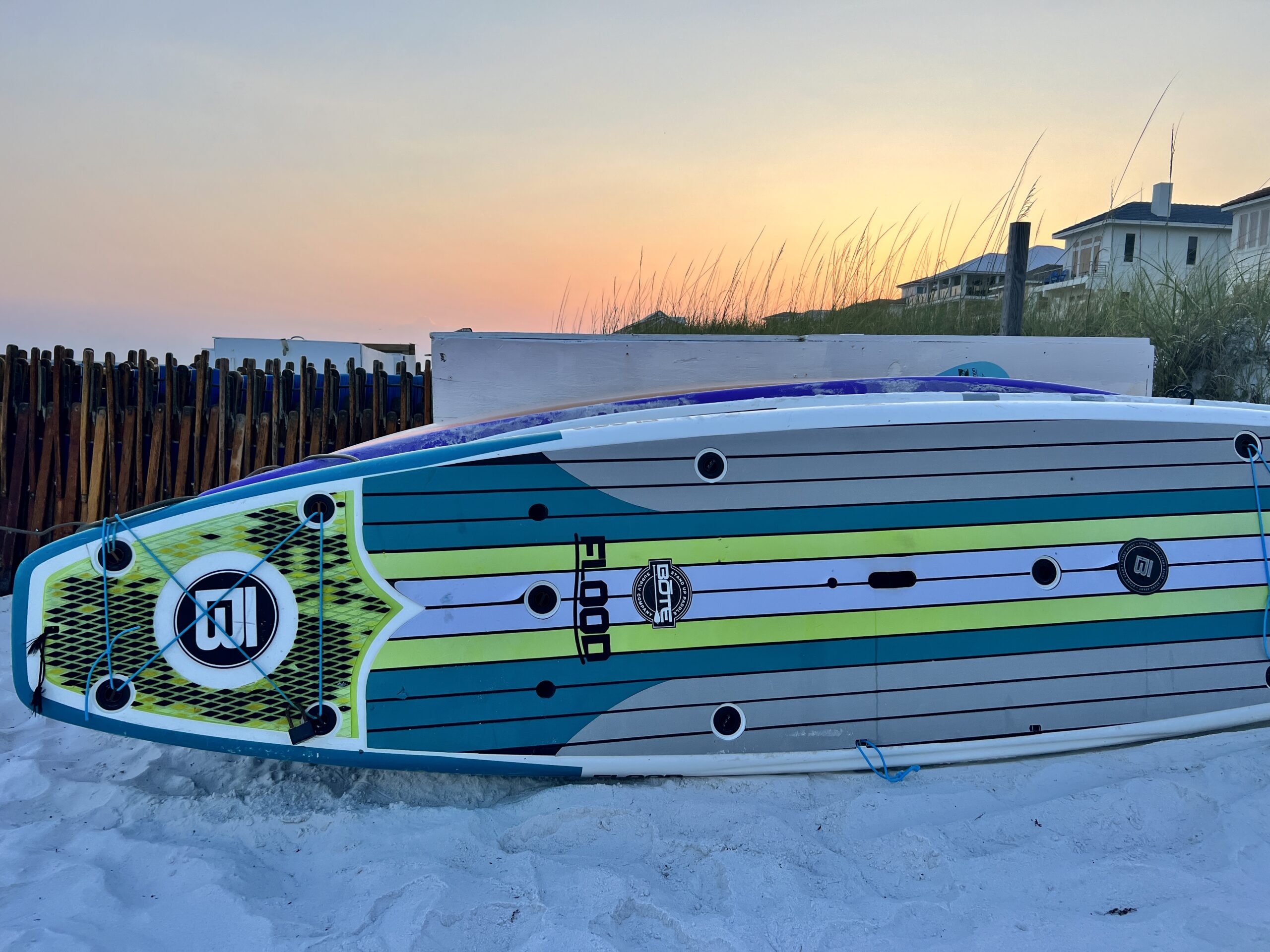
What to Pack in Your Road Trip Emergency Kit
I’d never wish you a catastrophe on your next road trip. But thanks to climate change, the odds are increasing that you might run into flash flooding, a forest fire, hail, a hurricane, a blizzard or even a bomb cyclone, and you might need to sit in your car as you wait to evacuate, let the weather pass or allow emergency crews clear the area.
Beyond this, there are your average automobile breakdowns. I mean, who among us hasn’t been stranded along the side of the highway with a broken axle (not my car) after a long afternoon of day drinking at the Cubs game when you have to get to another state before bedtime?
This is the reason I carry a road trip emergency kit year-round.
Even if you think the only possible bumps in your road trip are the usual traffic accidents, it’s smart to be prepared for anything. I mean, who wants to take selfies with the tow truck crew? (Or worse, end up stranded alone, in the dark, with no cell service or no battery.) Why not pack a road trip emergency kit? Set it and forget it (except to replace expired products). Here’s what I keep on hand.
What’s in my road trip emergency kit
First things first: Any time I’m specifically heading to the high country here in Colorado, I prepare intentionally for the trip. If it’s summer, I grab my backpack, which already contains the 10 essentials. In the winter, I bring an extra coat, boots, gloves and a hat, because I grew up out in the country in Indiana, where roads don’t get cleared very often and you might have to push your car. It’s also cold on a mountaintop in July. I also always pack water and sunscreen, because of the altitude in Colorado.
My road trip emergency kit is in a water-resistant REI stuff sack that lives in my trunk. It always includes:
- a whistle, as well as instructions on how to signal with a whistle (the series of tweets that indicates a rescue is needed, for example)
- a needle and thread kit, to sew up torn clothing or blankets (or skin, if it’s really urgent). Duct tape can serve this purpose too.
- duct tape is also important if you leave your car, so that you can tear off pieces and mark your path. (But your odds of survival are better if you stay with your car.)
- a pen and notepad, so that if you leave your car, you can write a note telling people when you left, with whom, and where you went
- a can opener and bottle opener
- a pocket knife
- rubbing alcohol and antiseptic wipes, as well as an insect-sting-relief wipe
- bandages and gauze
- rubber gloves for providing first aid
- a Lumen Aid solar light that also can charge by USB (One of my favorite tools for all kinds of travel. It packs flat, and it hangs with a strap. Once charged, whether by the sun or by USB, it can charge your USB devices too!)
- a length of cord or string to hang onto if you exit your car in the dark or blowing snow … or to tie car parts back together, depending on the age of your car
- a spare cellphone battery pack and charging cords — bonus points if the battery pack is solar, too
- water purification tablets, in case you need to drink snow or stream water
- compostable baggies, useful for melting snow into drinking water, among other things
- compostable baggies with some toilet paper folded inside. Tossing toilet paper in the wild isn’t good for the environment, so put the used paper into a compostable baggie to throw away properly later.
- hand sanitizer, obviously, considering the bullet point above
- a carabiner so you can clip things together or onto your clothing if you need your hands free
- a first-aid thermal foil blanket, which can contain body heat. These fold up super tiny — bring two!
- a plastic-lined insulated blanket, which is cozy on one side and stays dry on the other (not just for your road trip emergency kit, but also perfect for picnics and concerts in the grass, too)
- a safety pin, for all your Macgyver needs
- fire starters and weather-proof matches
- a rain jacket with a hood
- spare tennis shoes and socks, in case you’re driving in dressy shoes
- an extra hat and gloves
- hand and foot warmers
- a satellite phone. If you go off the grid a lot, a full plan may be the right move, but there are now cheaper plans that provide the opportunity to send a simple SOS signal. I like my Garmin sat phone.
- notes on first aid, emergency best practices, and ways to signal with body and arm gestures, because when you’re scared or panicked, it can be hard to remember what you learned in your first aid class
- a day’s worth of any essential medications. Be sure to rotate these when you replace expired snacks.
- water and snacks. Last but definitely not least. Nuts stay fresh quite a long time, and boxed water is way less likely to freeze and expand than bottled water.

This can all be a lot of clutter or be easily lost, so I recommend putting the smallest items in a sturdy packing cube like this; then your road trip emergency kit is easy to toss in the trunk. (Or throw in the back seat, if you need the trunk for luggage. Just don’t take it out right before the road trip to make more room for luggage, as a certain someone in our household used to do on the regular. (Thank God we never got stuck before I realized what he was doing.)
If you’re facing blizzard conditions, you also should include a small shovel, so that you can keep the area around your tailpipe clear. If it’s blocked by snow and you allow your car’s engine to run, exhaust can back up and poison the occupants.
And though these aren’t necessarily specific to a road trip emergency kit, you should always have a set of jumper cables, an ice scraper, a tire gauge and — again, depending on the age of your car — a screwdriver and a pair of pliers.
You also should fill up your gas tank before any road trip, short or long, so that you can start your car periodically if you happen to be stuck. You’ll want to occasionally enjoy some heat (or air conditioning).
Ultimately, whether you’re on a road trip or a drive across town, the weather can be unpredictable. So can rocks, other drivers and even wild animals. So it’s smart to keep a road trip emergency kit in the car at all times. Set a reminder to check expiration dates on snacks and first-aid items every six months or so, as well as charge up batteries. Then you can embark on your next adventure more securely and maybe even help out in a bad situation, instead of requiring extra help.
Now it’s your turn. What have you packed in your road trip emergency kit?
Ready to book your trip?
Book your accommodations
We like booking.com for accommodations. They offer a range of hotels, resorts, apartments, guesthouses and even hostels. The platform also has a loyalty program that allows members to save even more.
Book your tours
We love booking tours through a single provider and keeping our mobile tickets in one spot. We use GetYourGuide. We appreciate that they work with local companies and provide a wide variety of tours!
Stay connected
When using an eSIM, we like Airalo. An eSIM is the easiest way to obtain cell service outside your network. We have used their eSIM cards in Budapest, Canada and Ecuador, and so far, so good! Simply download the Airalo app, select the country you’re traveling to, and choose the amount of data you want. Follow the installation instructions and turn it on when you arrive!
Shopping for your trip?
We make a small commission when you use our Amazon Affiliate link. It helps offset the expense of maintaining our website and costs you nothing extra.
The views expressed on this website represent the opinions of the authors; we encourage you to form your own opinions and confirm any facts.
This post likely contains affiliate links. If you shop or make a reservation through these links, we may make a small commission (for which we are very grateful!) at no extra cost to you. Not all links are affiliates, and we only suggest products and places that we have experienced.
We are a participant in the Amazon Services LLC Associates Program, an affiliate advertising program designed to provide a means for us to earn advertising fees by linking to Amazon.com and affiliated websites.



